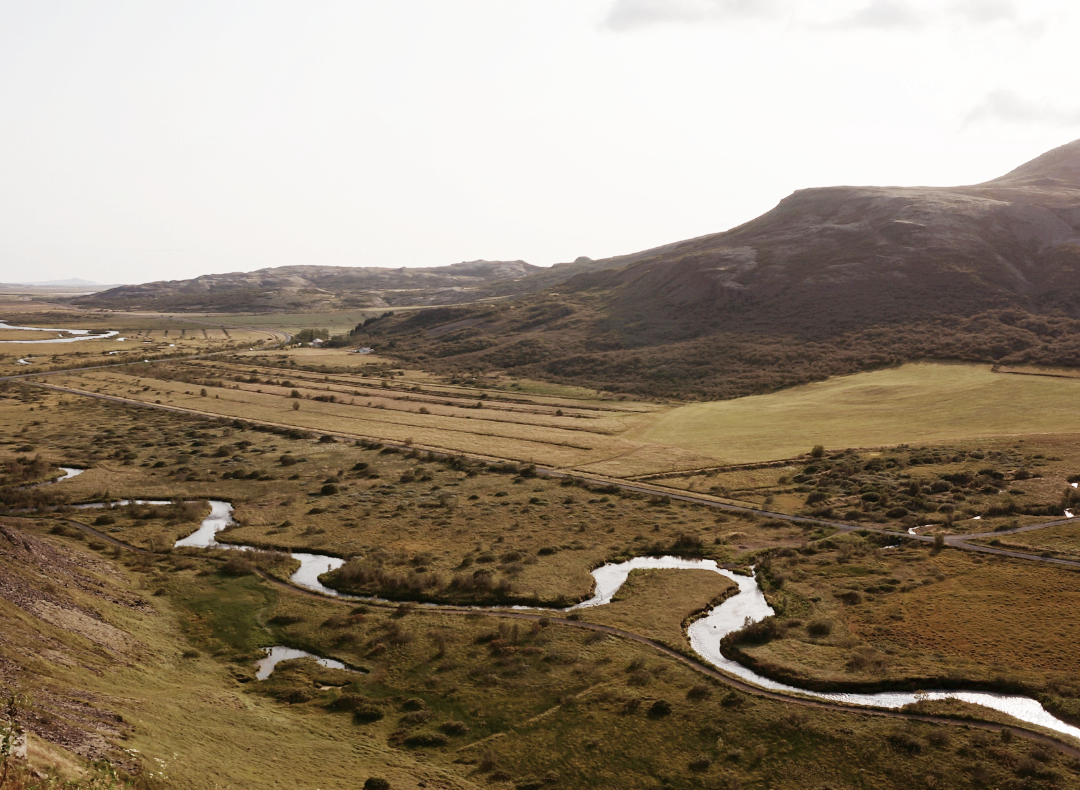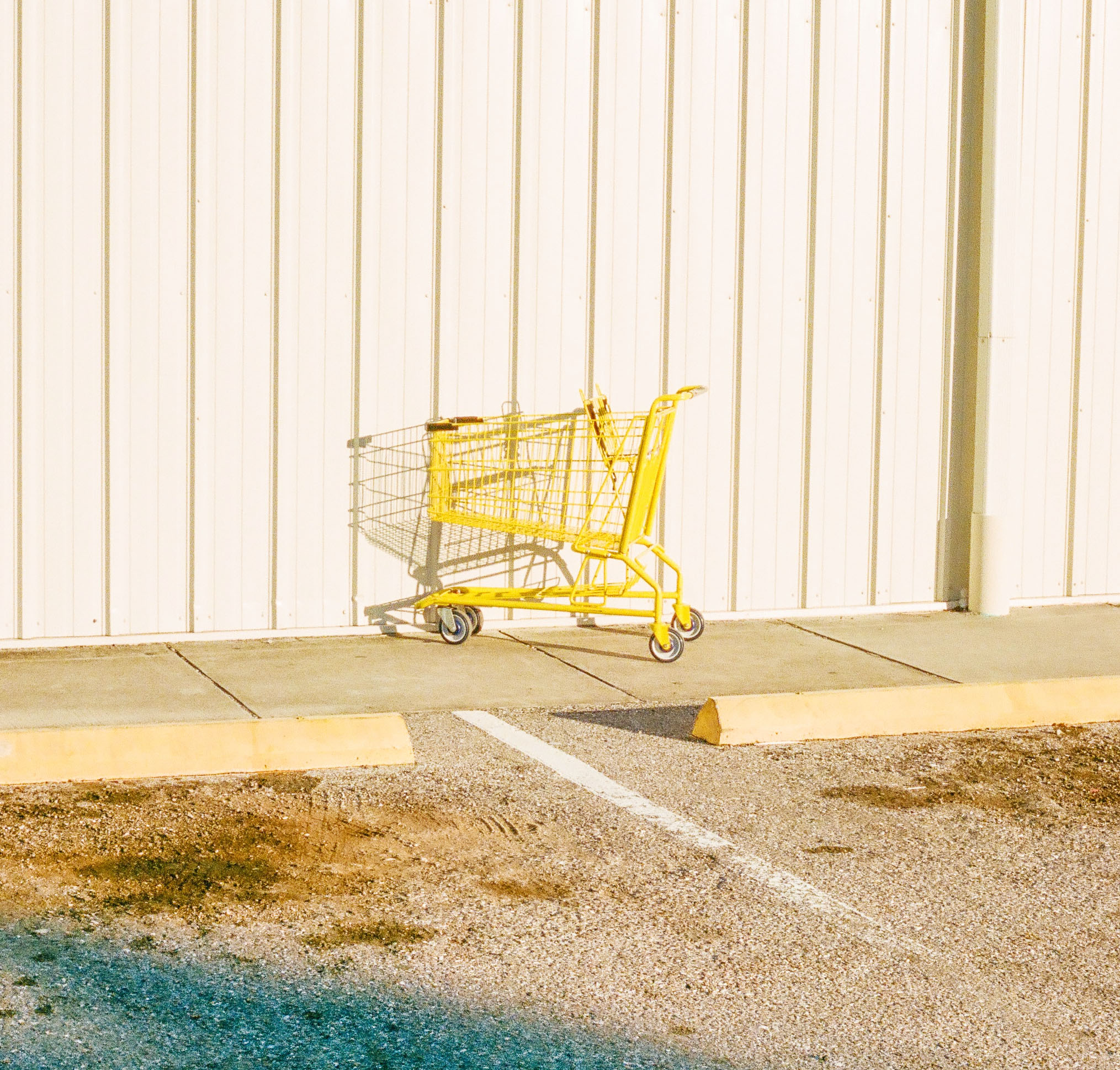How to set in motion the shift to a circular model? What does closing the loop mean? Is the fashion industry ready for a new culture of consumption? A good circular strategy must seek to restore the value that was traditionally placed on clothes by emphasizing aspects such as durability, recyclability, repairing and reusing, and eco-design and research.
Overproduction due to a dependence on overconsumption, the biggest problem in fashion
Consumer trends signal that the demand for clothing will continue to grow rapidly with estimated total clothing sales of 160 million tonnes in 2050, more than three times the current amount. The problem is accentuated when less than 1% of the material used to produce clothes is recycled into new clothes, 87% of the material used for textile production ends up in landfill and the reuse of garments worldwide has fallen in the last 15 years by 36%. The linear production system of the fashion industry, based on overconsumption and overproduction, is not only the cause of many environmental and waste management problems but the inefficiency of the model itself also entails significant annual economic losses.
The linear production system of the fashion industry is not only the cause of many environmental and waste management problems but the inefficiency of the model itself also entails significant annual economic losses.
However, simply broaching the issue of overconsumption, overproduction, and the lack of responsibility in the textile sector puts the entire industry on the defensive. Yet we cannot transform the industry if we cannot speak clearly about what is causing it, as well as our potential and shortcomings in changing it. The growing number of sustainability efforts are meaningless if changes in production practices are not accompanied by reductions in production volume. In this sense, decoupling the profitability of fashion from the volume of sales of new products is an urgent need if we want a model of production and consumption that is ethically, environmentally and economically sustainable. The solution starts with learning how to produce and consume responsibly and circularly.
Summarizing the problem in one basic premise: the change to a circular model is a must
Before we continue, let’s provide some context. What is the circular economy? The circular economy is a model of production and consumption that involves sharing, renting, reusing, repairing, renewing and recycling existing materials and products as many times as possible to create added value. In this way, the life cycle of the products is extended. In practice, it involves reducing waste to a minimum. It contrasts with the traditional linear economic model, based mainly on the “single use” concept, which requires large amounts of cheap and easily accessible materials and energy. Circularity is a great challenge for companies, which must respond to new social demands, legislation on waste regulation and circularity management, all whilst staying profitable.
The action plan towards a circular model
To carry out a comprehensive change towards a circular model, the fashion industry needs to produce an action plan based on risk assessment, replacement, reduction and regeneration of its production, distribution and design model based on 5 stages:
The solution starts with learning how to produce and consume responsibly and circularly.
- Stage 1: Assess the level of risk of circularity in each material, process and logical system used.
- Stage 2: Avoid and replace processes, materials and logistics systems not suitable for circularity.
- Stage 3: Reduce any processes, materials and logistics systems that are not suitable for circularity.
- Stage 4: Regenerate according to market alternatives.
- Stage 5: Lead the consumer towards a change in their model of consumption.
How do we replace processes, materials and what solutions does the market offer at present?
Let’s take a look at practical examples from two complementary perspectives: closing the loop and slowing the flow. Closing the loop means minimizing resource consumption by making it easy for them to be reinserted into the value chain. Slowing the loop means slowing down the cycle of producing and consuming a product by adopting a new approach to design and manufacturing as well as the way we consume, use, and reuse clothing.
Solutions for closing the loop:
- Biodegradability: A biodegradable material can be broken down by microorganisms, such as bacteria or fungi, in a short period of time into nutrients, carbon dioxide, biomass and water. The vast majority of materials on Earth biodegrade. The problem is that some, like plastic, will take a millennium to be broken down. So what does “biodegradable” material mean? It suggests that it biodegrades relatively quickly, but the speed depends on different factors such as soil composition and temperature. Broadly speaking, we can say that natural fibers, such as cotton and wool, tend to decompose faster than fossil based polymers materials, such as polyester, although certain polymers, such as rayon, are an exception. However, the biodegradability of materials can be quickened or prolonged by external conditions. Do you want to know how biodegradable a material is? Make use of our circularity index to find out what materials you should focus on!
- Design for circularity: Designing for circularity means ensuring that the final product is 100% recyclable, taking into account 5 basic points: using nanomaterials that do not contain mixed compositions, using single colours, limiting finishes and coatings, limiting the use of hanging labels and packaging and using disposable and easily removable accessories.
- Recycling: Recycling means breaking down a product or material into its raw materials that are then used to make new products. There are different technologies available to recover different types of fibers and, depending on the technology, the product can be used, in up-cycling applications, as a new yarn for new materials or, in down-cycling applications, in non-spun products, composite materials and insulation materials. There are different processes for different types of fibers but, essentially, we can identify two types of recycling: mechanical recycling and chemical recycling. Today, we have great technological challenges to solve in terms of mechanical textile recycling, such as removing zippers, buttons, and so on before processing, or the technology to separate by type of fibre mixture in sorting plants, which is still not sufficiently capable. On the other hand, chemical recycling is in a very early phase of R&D. Do you need an action plan to identify the viable alternatives on the market in terms of recycled materials? We can help you!
Solutions slowing the flow:
- Durability: The goal is to design products with a balanced development over time, whilst keeping in mind both the future and the present; a vision in which designers must assume their responsibility, understand the impact of their decisions and apply the principles of eco-design to durability and choice of materials. Explore our eco-design tool and learn the design principles for products that last, generate value and get noticed.
- Resale and rental: Rental and resale are held as fundamental aspects of a circular business model and brands are turning their efforts onto how to have a conversation with their customers so that they understand and are ready to take part in these new business models. Platforms such as Rent the Runway, Thredup,, The RealReal are examples of success in both these areas.
- Subscription (clothing as service): Rental subscriptions, like Caastle , are a model in which clients pay a regular fee to borrow a rotating selection of clothes. They are also a channel for brand discovery and acquisition and clients can even purchase items they want to keep. On average, subscribers in this business model try 54 new brands in their first year so not only does it make sense for circularity but it is also good for brands’ profitability and advertising. Offering a rental or subscription model can increase brand loyalty and profitability, but it requires new approaches to logistics, pricing, and marketing.
- Collection programs that repair, reuse and recycle. An initiative to collect used clothes to resell, repair or recycle them so that fewer garments end up as garbage in landfills. Collection programs are often praised for encouraging circularity. However, collected items frequently end up in landfills or exported, without oversight, to countries that receive second-hand clothing, such as Ghana, where clothes increasingly fill landfills, clog waterways, cause fires in landfills and devastate coasts. Africa has already warned that it will not accept imports of more second-hand clothes from Europe. Collection programs must ensure that most of the collected products are repaired, reused and recycled so as to extend their life span. I: CO
The change of model requires deep, wide-ranging corporate, structural, and cultural change
In a nutshell, the change of model requires deep, wide-ranging corporate, structural, and cultural change. This change can be achieved by setting out a strong strategy based on medium-term goal, and long-term vision. Make note of the key points and take your first steps to change today!
- Think about closing the loop… and also slowing the flow
- Apply the principles of eco-design
- Design long-lasting garments of value.
- Make a commitment to new business models.
- Choose renewable, biodegradable and safe materials and processes.
- Encourage a sustainable consumption model
Facing our own hypocrisy reminds us how difficult it is to live with our eyes open. Let’s open our eyes. Changing the consumption model to sustainable and circular fashion is an opportunity to increase market share, act responsibly and mitigate environmental impact. Do you want to find out how we can help you? Contact us!








